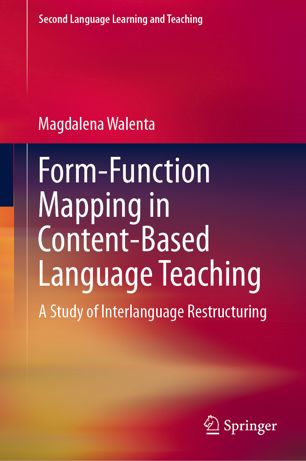

Most ebook files are in PDF format, so you can easily read them using various software such as Foxit Reader or directly on the Google Chrome browser.
Some ebook files are released by publishers in other formats such as .awz, .mobi, .epub, .fb2, etc. You may need to install specific software to read these formats on mobile/PC, such as Calibre.
Please read the tutorial at this link: https://ebookbell.com/faq
We offer FREE conversion to the popular formats you request; however, this may take some time. Therefore, right after payment, please email us, and we will try to provide the service as quickly as possible.
For some exceptional file formats or broken links (if any), please refrain from opening any disputes. Instead, email us first, and we will try to assist within a maximum of 6 hours.
EbookBell Team

4.1
90 reviewsThis book presents a form-function mapping (FFM) model for balancing language and content gains within content-based language teaching (CBLT). It includes a theoretical part, which outlines the FFM model and, drawing on the analysis of eclectic teaching methods and interlanguage restructuring, proposes pedagogical tools for its implementation. These tools, which encourage mapping of language forms onto content knowledge, are hypothesized to facilitate interlanguage restructuring, thus helping CBLT learners in their struggle with L2 morpho-syntax. The empirical section presents the results of a quantitative–qualitative study conducted among adult L1 Polish learners of English in a CBLT context. It then goes on to translate the findings, which reveal that the FFM model has a positive and significant influence on interlanguage restructuring as well as a favorable reception among CBLT learners, into a set of pedagogical guidelines for practitioners.